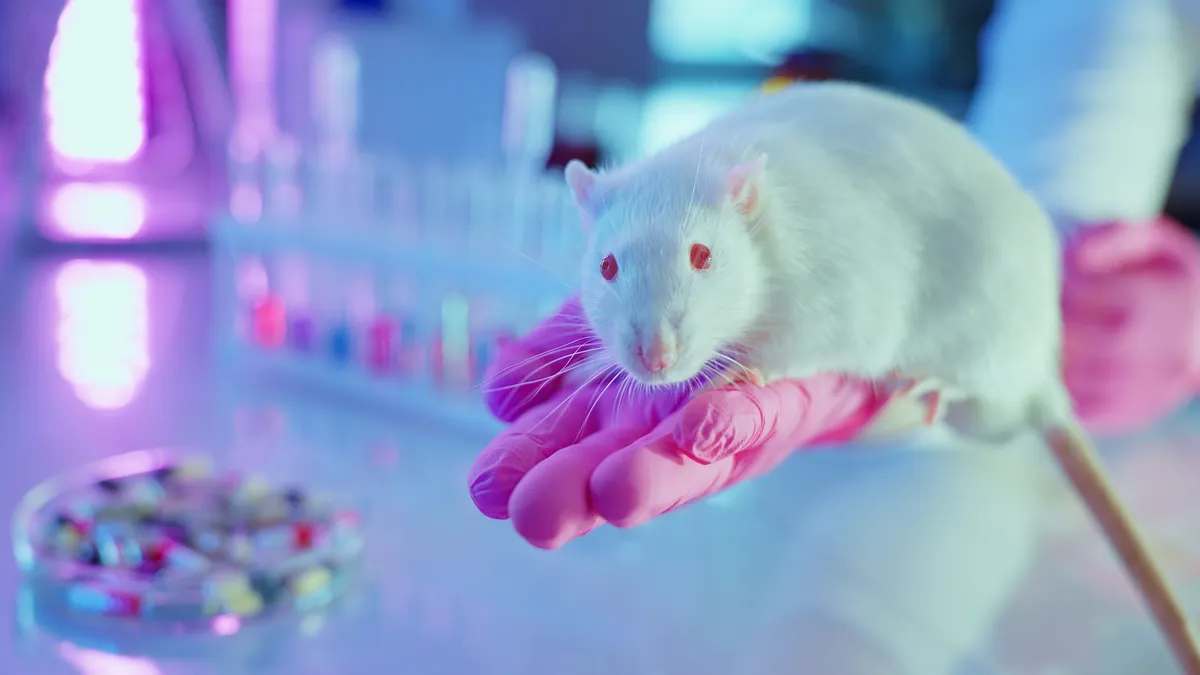 There was a time when the job of PR departments was either pushing out positive news of a company’s good deeds or reacting to bad news. Over the last two decades, with ever-increasing levels of digitally enabled transparency, this dynamic has shifted.
There was a time when the job of PR departments was either pushing out positive news of a company’s good deeds or reacting to bad news. Over the last two decades, with ever-increasing levels of digitally enabled transparency, this dynamic has shifted.
Organizations need to practice what they preach daily, even hourly. And marketers know they have to engage customers and the public in an ongoing dialogue that clearly defines and represents their values, behaviors and offerings.
Increasingly, purchase decisions are affected — if not outright driven — by a customer’s view of a company’s standing as a good corporate citizen. The Shelton Group’s 2018 report, “Brands & Stands: Social Purpose is the New Black," cites that 86% of consumers surveyed believe companies should take a stand for social issues.
And 64% of those state it’s “extremely important" for a company to take a stand on social issues and that they are “very likely" to purchase a product based on that commitment.1
Other reports also reflect this trend. In Cone/Porter Novelli’s 2018 Purpose Study, 77% of respondents reported a stronger emotional connection to purpose-driven companies over traditional ones, with 79% pledging greater loyalty to them.2
Social-Impact Efforts
Recently, major life-sciences industry players have stepped up with significant social-impact efforts. Examples include: Merck for Mothers, Merck’s 10-year, $500-million initiative on improving the health and wellbeing of mothers; Novartis Access, providing affordable treatments for chronic diseases to lower-income countries; Access Accelerated, a cross-industry collaboration to reduce barriers to prevention, treatment and care for NCDs. And programs such as Walgreens’ Get a Shot. Give a Shot and CVS’s Corporate Giving signal the growing trend across the broader health and wellness space. Unilever CEO Paul Polman has gone on record to show that the social and environmental impact work they do has become vital to their business strategy, stating it “…isn’t just the right thing to do, it is essential to drive business growth. It is very simple: stronger alignment of business with societal interest and planning for the long-term is the only way to guarantee sustained success and longevity, for our business, and for our planet."3 This is way beyond philanthropy.
The Intersection of Shared Value
Michael Porter at Harvard agrees, defining this intersection of business imperative and social impact as “shared value." He encourages companies and marketers to play a bigger role in solving the world’s toughest problems, stating: “Creating shared value (CSV) should supersede corporate social responsibility (CSR) in guiding the investments of companies in their communities. CSR programs focus mostly on reputation and have only a limited connection to the business, making them hard to justify and maintain over the long run. In contrast, CSV is integral to a company’s profitability and competitive position. It leverages the unique resources and expertise of the company to create economic value by creating social value."4
The pharmaceutical and bioscience industry continues to research, develop, market, and sell products and services that treat the human condition in the most important and fundamental way, yet faces ongoing reputation and image challenges.
Historically, the industry has pushed a more positive vision via corporate communications efforts, but these are rarely sustained over long periods and don’t take the majority of company spend — brand communications — into consideration.
Perhaps we need to look at every brand communication as a chance to do something good for the greater community. Could a brand in a specific therapeutic category stand for the effort to prevent, as well as treat, an illness? Is there an opportunity to connect the brand a company is selling in the developed world to programs they might be running in the developing world? Are there community-based offerings or engagements that could link a product to a public health effort in rural or inner-city parts of this country where healthcare provision and outcomes are not ideal?
The overarching “doing good while doing well" is not just timely — it’s what the younger workforce assumes will be their way forward throughout their careers.
Research finds that 76% of millennials consider a company’s social and environmental commitments when deciding where to work.5 Whether driven by youthful idealism or the evidence of the wisdom — and power — of the collective, this cohort isn’t waiting around to change the world.
If we are to provide growth opportunities for individuals and companies in the health and wellness marketing and communications disciplines, we must be open to ideas, approaches and partners that allow us, as marketers, and our clients to feel better about what we do every day. We must drive stories, programs, and ideas that elevate brands and companies by clearly illustrating their positive impact in our communities and throughout the world.(PV)
Editor’s Notes: 1 2018 Shelton Group’s ‘Brands & Stands: Social Purpose is the New Black’; 2 2018 Cone/Porter Novelli Purpose Study; 3 Forbes Article/Q&A; 4 Michael Porter – shared value Harvard Business Review; 5 RESEARCH: 2018 Survey of Young People and Social Change
Ogilvy CommonHealth Worldwide — a WPP Health & Wellness company — is committed to creativity and effectiveness in healthcare communications, everywhere.
For more information, visit ogilvychww.com.










